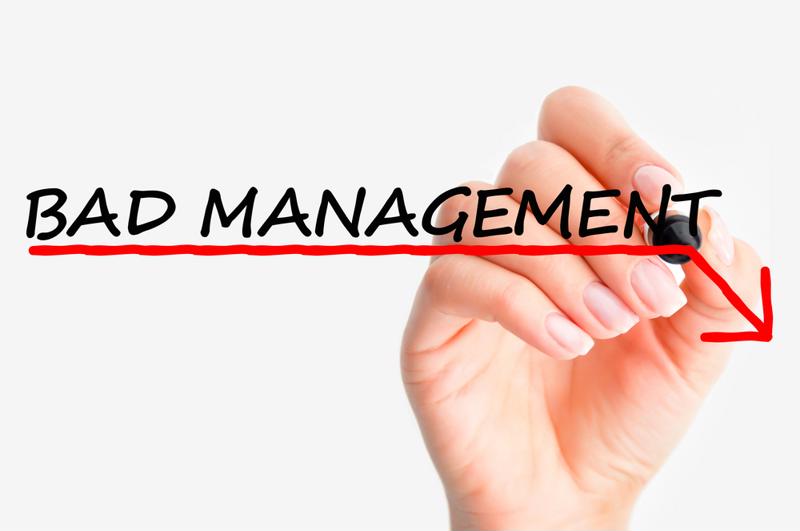
Recognizing and minimizing the effects of toxic company leadership
Not all company leaders are created equal. To some extent this goes without saying, yet it does bear mentioning that some managers and executives are not only less effective than others but are also actively detrimental to their organizations. A boss who is "toxic" in this manner arguably has the capability to hurt their company more than any of their co-workers – subordinate or otherwise – due to the power they have amassed. According to a study referenced by Harvard Business Review, this behavior can bring great financial harm to a company – potentially to the tune of millions of dollars across various budgetary categories.
The biggest risk posed by a toxic supervisor or executive is the alienation of others in the workplace, whether manifested through free-falling morale, decreases in productivity and quality of work, diminished engagement, incidents of emotional abuse or sexual harassment or spikes in employee turnover. As company leaders, you must recognize the warning signs of a supervisor's descent into toxic behavior and quickly rectify the situation. The responsibility of recruiting the right boss to replace that individual lies with you (and fellow managerial and C-level personnel) as well.
The scope of supervisor toxicity
Supervisor toxicity may sound like the plot of a lost Michael Crichton novel, but all kidding aside, the problem is quite large, according to the results of a Monster survey. A whopping 76 percent of U.S. respondents to the questionnaire said they currently worked under a toxic or problematic boss or had faced such a person in the past. Only 19 percent were even willing to refer to bosses as mentors or supporters, let alone great managers or friends (just 5 percent for the latter).
In fairness, employees' definitions of toxic bosses will vary, and some charges of this behavior – perhaps a few in the aforementioned survey – are minor or major exaggerations. But many of these worker claims are all too true. In fact, 60.4 million Americans (out of approximately 163 million employed persons in the country, per the Bureau of Labor Statistics) are affected by bullying in the workplace, according to a 2017 report by the Workplace Bullying Institute, and bosses constitute 61 percent of all "bullies" in the professional world.
Spotting the red flags
It's critical to note that a boss doesn't need to be abusive in the slightest – at least not directly – to meet toxic-boss criteria. Supervisors concerned with personal advancement above all else may not hurt their subordinate, lateral or higher-ranked employees in any intentional manner. But making individual gain the highest priority will impede an overambitious boss's interest in the company's success. Such leaders will only care about completing projects that advance their own ambitions. As for the well-being of their fellow workers? Other than those whose promotions depend on good personnel management, power-hungry bosses – which Monster's survey cited as making up 26 percent of all supervisors – won't lift a finger to help them. These managers can't see how it ultimately benefits the entire organization to be a team player.
Additionally, 39 percent of the respondents to a survey conducted by Comparably cited micromanagement as the worst trait for any boss to possess. This particular flaw, while less openly abusive than verbal insults or sexual harassment, is likely to wear employees down slowly and unpleasantly. Excessive criticism is another major warning sign, one that particularly affects the morale and productivity of women in the workforce. Additional serious behaviors that company leaders should look out for in their fellow supervisors and executives include markedly poor organizational skills, impatience, dishonesty, unrealistic expectations and a lack of respect for those they must manage.
Inoculating against the plague of toxic bosses
As is true of so many problems, the best method of defense against the risk of toxic leadership is to prevent it through a comprehensive recruitment and onboarding process for applicants to all open managerial- or C-level positions. It's also important to ensure that problematic bosses do not spread their negative influence to any significant degree, and for the rest of the management team to combat it as best they can.
Evidence suggests that this is possible. Harvard Business Review pointed out the ability of individual employees to insulate themselves from the behavior of toxic bosses through a practice called disidentification. At the same time, the onus of this cannot (and should not) fall entirely on the average worker. Executives and fellow managers must monitor supervisory personnel the same way they'd look at and judge the performance of any other employee, to better ensure a healthy company culture.
Uncategorized
